Whole house well water softener
Redcoat Dave
2 years ago
Featured Answer
Sort by:Oldest
Comments (16)
Redcoat Dave
2 years agoRelated Professionals
Biloxi Kitchen & Bathroom Remodelers · Blasdell Kitchen & Bathroom Remodelers · Buffalo Grove Kitchen & Bathroom Remodelers · Chester Kitchen & Bathroom Remodelers · Folsom Kitchen & Bathroom Remodelers · Glen Carbon Kitchen & Bathroom Remodelers · Lynn Haven Kitchen & Bathroom Remodelers · Morgan Hill Kitchen & Bathroom Remodelers · Omaha Kitchen & Bathroom Remodelers · Port Orange Kitchen & Bathroom Remodelers · Vashon Kitchen & Bathroom Remodelers · Wilson Kitchen & Bathroom Remodelers · Joppatowne Kitchen & Bathroom Remodelers · Forest Hills Kitchen & Bathroom Remodelers · Travilah Kitchen & Bath FixturesJake The Wonderdog
2 years agolast modified: 2 years agoRedcoat Dave
2 years agoRedcoat Dave
2 years agoRedcoat Dave
2 years agoJake The Wonderdog
2 years agoRedcoat Dave
2 years agoJake The Wonderdog
2 years agolast modified: 2 years agoRedcoat Dave
2 years agoRedcoat Dave
2 years agoJake The Wonderdog
2 years agolast modified: 2 years agoRedcoat Dave
2 years agoRedcoat Dave
last yearRedcoat Dave
last year
Related Stories
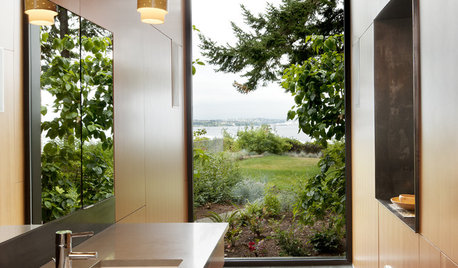
REMODELING GUIDES10 Tips to Maximize Your Whole-House Remodel
Cover all the bases now to ensure many years of satisfaction with your full renovation, second-story addition or bump-out
Full Story
HOUZZ TOURSHouzz Tour: Whole-House Remodeling Suits a Historic Colonial
Extensive renovations, including additions, update a 1918 Georgia home for modern life while respecting its history
Full Story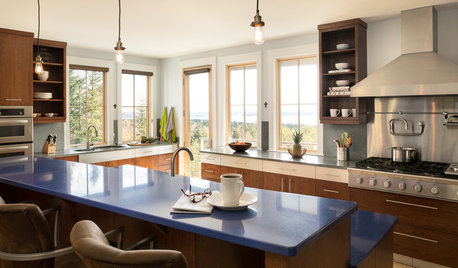
DECLUTTERING5 Ways to Jump-Start a Whole-House Decluttering Effort
If the piles of paperwork and jampacked closets have you feeling like a deer in the headlights, take a deep breath and a baby step
Full Story
HOUSEKEEPINGProtect Your House From Winter Water Damage
Avoid costly repairs by learning to spot potential problem areas before water damage is done
Full Story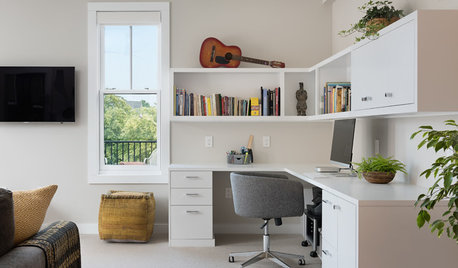
DECLUTTERINGNo Time to Declutter the Whole House? Try These 6 Ideas
Make a fresh start by tackling a few tasks that will revitalize your home and your spirits
Full Story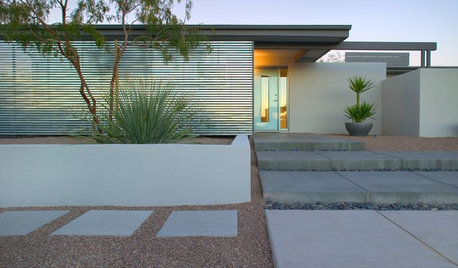
HOUZZ TOURSHouzz Tour: A New Shower Leads to a Whole-House Remodel
Cohesion is the new name of the game for this transformed Arizona home, a dramatic departure from its former awkwardness
Full Story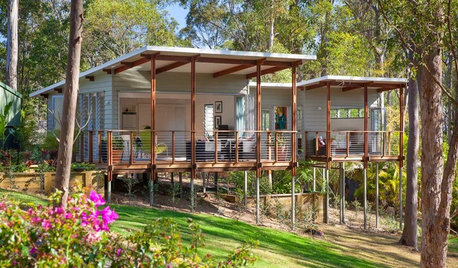
ARCHITECTUREStilt Houses: 10 Reasons to Get Your House Off the Ground
Here are 10 homes that raise the stakes, plus advice on when you might want to do the same
Full Story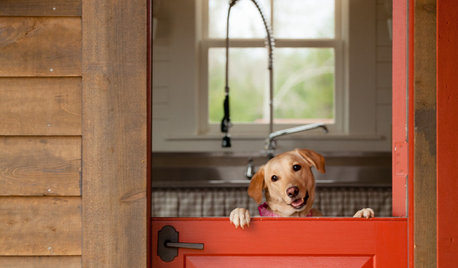
LIFEThe Polite House: On Dogs at House Parties and Working With Relatives
Emily Post’s great-great-granddaughter gives advice on having dogs at parties and handling a family member’s offer to help with projects
Full Story
HEALTHY HOMEHow to Choose a Home Water Filtering System
Learn which water purification method is best for your house, from pitchers to whole-house setups
Full Story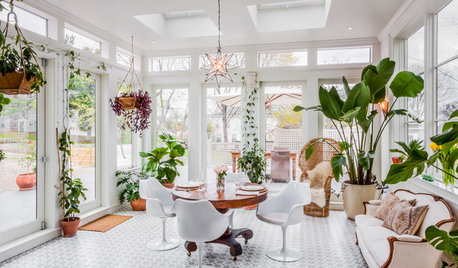
HOUZZ TOURSHouzz Tour: A New Conservatory Brightens a Converted Carriage House
A year in Barcelona and fond memories of London spur a new sunny addition and a whole-house refresh
Full Story





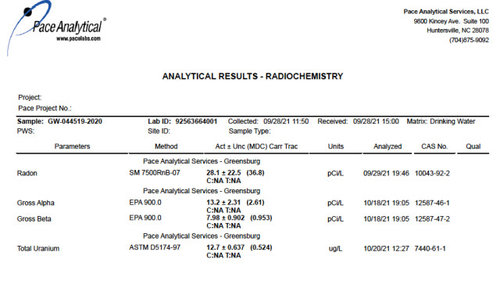
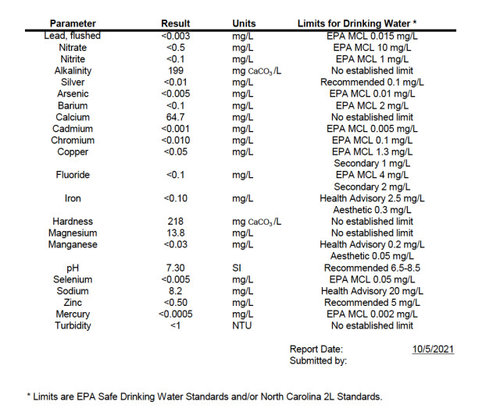
Jake The Wonderdog